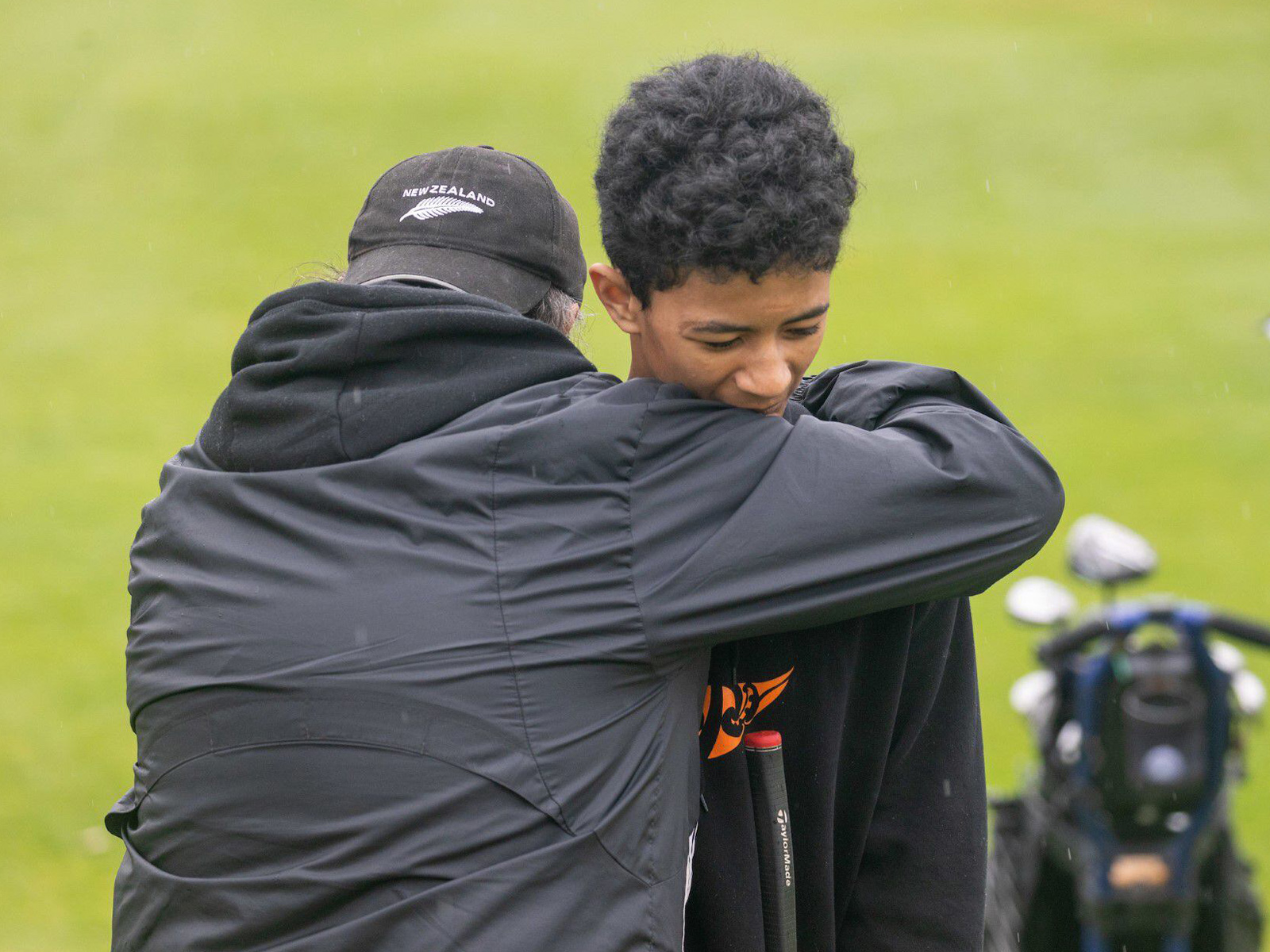You might be surprised to hear that an older relative is quite happy with their desktop computer circa 2015 and a more basic phone.
Truth is, a lot of older adults now like technology and have become much savvier when it comes to upping their game. So, despite our personal preferences, family members need to keep in mind that their aging relatives will often prefer lower cost, more cost effective and easy to use options than the rest of the family. Simply put, seniors, most of whom are limited users, will most often opt for function and familiarity over latest design, fancy features and costly upgrades.
Recent research on the subject highlights five important facts about technology adoption.
- Older adults are often uncomfortable with mobile apps that require updates and relearning of operations. In fact, nearly 50% of those surveyed who were 65 and older and 40% of those ages 50-64 feel they will need someone to assist them in figuring out and learning how to use a new device, as compared to approximately 20% of those ages 18-29.
- Trust in their provider is key: At times, fear of a lack of security and privacy fuels their unwillingness to make a change. Older adults are worried about the potential for invasions of personal and financial security and they prefer not having strangers come into their homes.
- Less education means less adoption: Age, educational level and economics are primary drivers of tech use. Younger, relatively affluent or more highly educated seniors are leading the charge in recent tech adoption. And, rural seniors have been shown to be much more cautious than their city counterparts when it comes to jumping on the social media and Zoom bandwagon.
- Be realistic: It’s also helpful to keep in mind that physical and cognitive challenges make communication and digital choices more challenging. Sometimes finger swiping is not intuitive or comfortable (think arthritic hands) and expecting mom or dad to hear alerts, pings, and push notifications isn’t realistic given hearing loss.
- Keep it simple: Declines in visual clarity make reading the small fonts on smartphone screens challenging. (Hint: show them how to enlarge) Colour vision also diminishes with age, and older users may have difficulty distinguishing colours and need higher levels of contrast. If a phone or smart watch’s interface relies on colours as user guides from one feature to another, older adults may find it difficult.
The moral of the story
If you want to introduce new phones and computers, take it slowly. Be encouraging. Avoid confusion. Take time to explain. Talk about the budget with an eye on frugality. And, find a trusted provider that is senior-friendly, patient and respectful.
After all, it’s in your best interest to keep mom and dad safe, secure and in-touch on a regular basis.
Source: NSTC
Our team is always ready to chat about ways to save money and better connect with the loved ones in your life with one of our simple packages, call AllCore customer service 855-546-5430.
We promise to take your call in less than 5 minutes and give you all the help you need.














